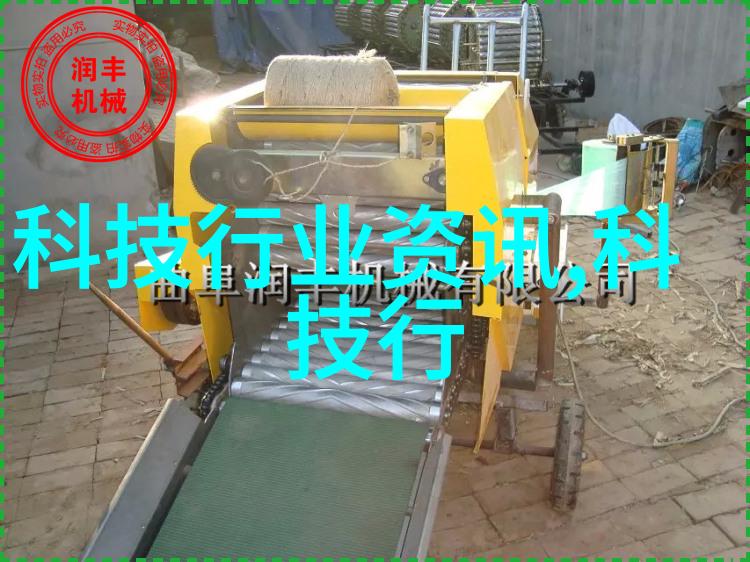西安智能交通系统西安智慧出行解决方案
西安智能交通系统:如何实现城市交通的高效运行?

1. 西安智能交通系统的构建背景是什么?
随着西安城市化进程的加快,人口数量的大幅增加和经济发展的快速增长,对城市基础设施尤其是公共交通体系提出了更高要求。传统的人力调度和车辆控制方式已无法满足日益增长的人口需求,因此,推动西安市建设一套现代化、智能化、绿色环保的公交系统成为了迫切需要。

在这个背景下,西安市政府积极探索利用信息技术手段提升公共服务水平,推动了“智慧出行”概念在城市基础设施中的应用。这不仅包括了公交线路规划与优化,还涉及到实时监控、自动驾驶技术等多个方面,以期达到减少拥堵、提高运输效率以及降低能源消耗等目标。
2. 西安智能交通系统中哪些关键组成部分?

要实现一个完善的西安智能交通系统,我们需要将多个关键组成部分有效地整合起来。首先,是建立起一个全面的数据平台,这是一个存储和分析大量实时数据(例如车辆位置、流量状况等)的中心枢纽。通过这些数据,可以对未来可能出现的问题进行预测,从而做出及时调整。
其次,是基于大数据分析结果开发出的算法模型,它能够根据当前情况来优化公交线路安排,使得每辆车都能准确到达目的地,同时尽量避免拥堵区域。此外,还有自动驾驶技术作为重要支撑,它可以进一步提高乘客安全性并减少人为错误导致的问题发生。

最后,不可忽视的是用户体验层面上的改善,比如提供移动端应用供乘客查询最短路径或实时票价,以及实现无纸化支付解决流程简便问题。所有这些元素共同作用,就形成了一套强大的支持网络,为民众提供更加便捷、高效且舒适的地铁旅行体验。
3. 如何应对潜在风险以保证西安智能交通稳定运行?

尽管采用了先进科技,但任何复杂系统都存在可能出现故障或者遇到不可预见事件的情况。在实际操作中,要想保证长时间稳定运行,一方面需要不断更新维护软件算法以适应新的环境变化;另一方面则是通过设立紧急响应机制来应对突发情况,如意外停电或网络攻击等问题。
此外,在设计阶段就应该考虑各种可能性,比如安装备用电源供应器或者设置防御措施以抵御网络攻击,这样即使有一天某项设备失灵,也能迅速恢复正常工作状态,有利于保障整个体系的连续性和可靠性。
4. 西安如何促进社会各界参与至关重要吗?
从政策制定开始,无论是在确定项目范围还是执行过程中,都必须广泛征求社会各界意见,因为只有当所有相关方都参与其中,并感到自己的声音被听到,他们才会真正认同并支持这一改变。
此外,加强与教育机构合作,让学生了解新技术背后的科学原理,同时也让他们学习如何使用这类新工具,这样可以培养更多具有创新精神的人才,为未来的发展打下坚实基础。而对于企业来说,则是鼓励他们投资于研发,以创造更多符合市场需求的心智产品和服务,从而推动行业内持续革新迭代过程。
5. 长远看待Westin Intelligent Transportation System有什么意义?
从宏观角度来看,将Westin city transform into a smart city is not just about transportation system, but also the comprehensive development of urban infrastructure and public services.
By adopting intelligent technologies in transportation, we can improve the efficiency of traffic flow, reduce congestion and emissions, enhance safety for passengers and drivers alike.
Moreover, it serves as an example for other cities to follow suit with their own Smart City initiatives.
In conclusion, Westin's transition towards a more intelligent transportation system is not only crucial for addressing its current challenges but also has far-reaching implications that could impact the future of urban planning globally.
Finally,6. What are some potential barriers or obstacles to implementing this vision? And how might they be addressed?
As with any ambitious project, there are bound to be hurdles along the way when it comes to implementing such a comprehensive overhaul of Westin's transportation infrastructure.
One major challenge would likely stem from resistance among certain groups who may fear job losses due to automation or feel uneasy about relying on technology for their daily commutes.
To address these concerns effectively requires transparent communication from government officials regarding their plans and benefits; ensuring that new jobs created in areas like software development and data analysis outweigh those lost in traditional industries; and providing training programs so workers can adapt to changing demands in labor market.
Another potential obstacle lies in maintaining privacy while still leveraging personal data collected by sensors embedded throughout the city’s network—this delicate balance must be carefully struck through strict regulations on data collection practices combined with robust cybersecurity measures.
In conclusion,
The implementation of an integrated Westin Intelligent Transportation System holds much promise as it seeks to revolutionize public transit within this ancient metropolis while paving the path forward toward a sustainable future wherein citizens enjoy better quality-of-life experiences without sacrificing convenience or comfort.



